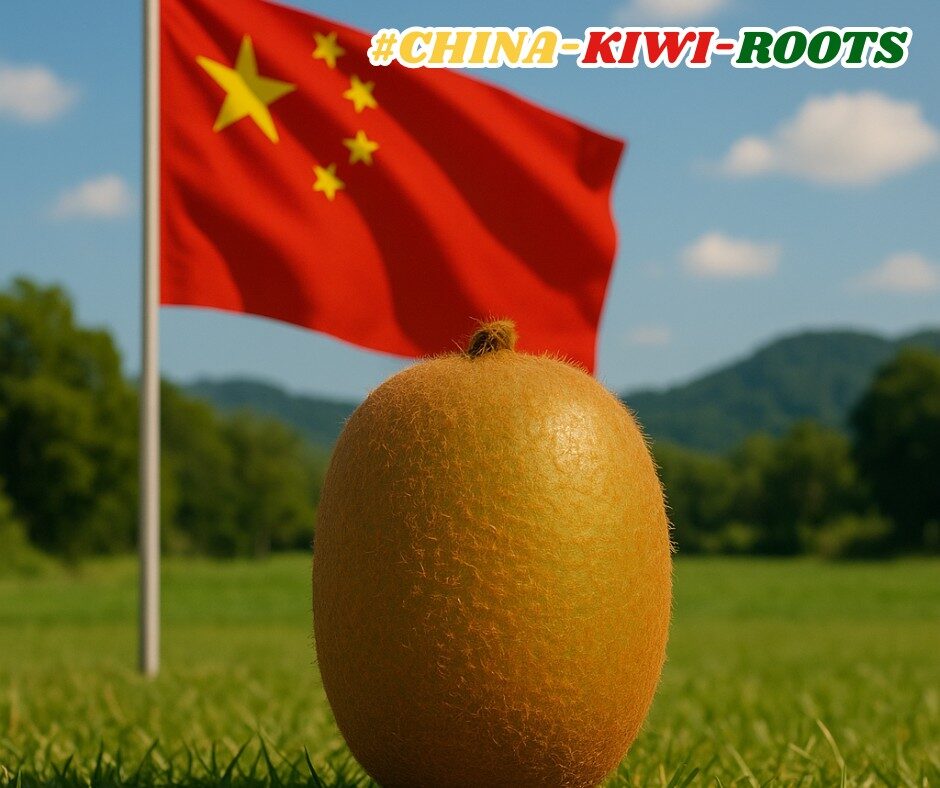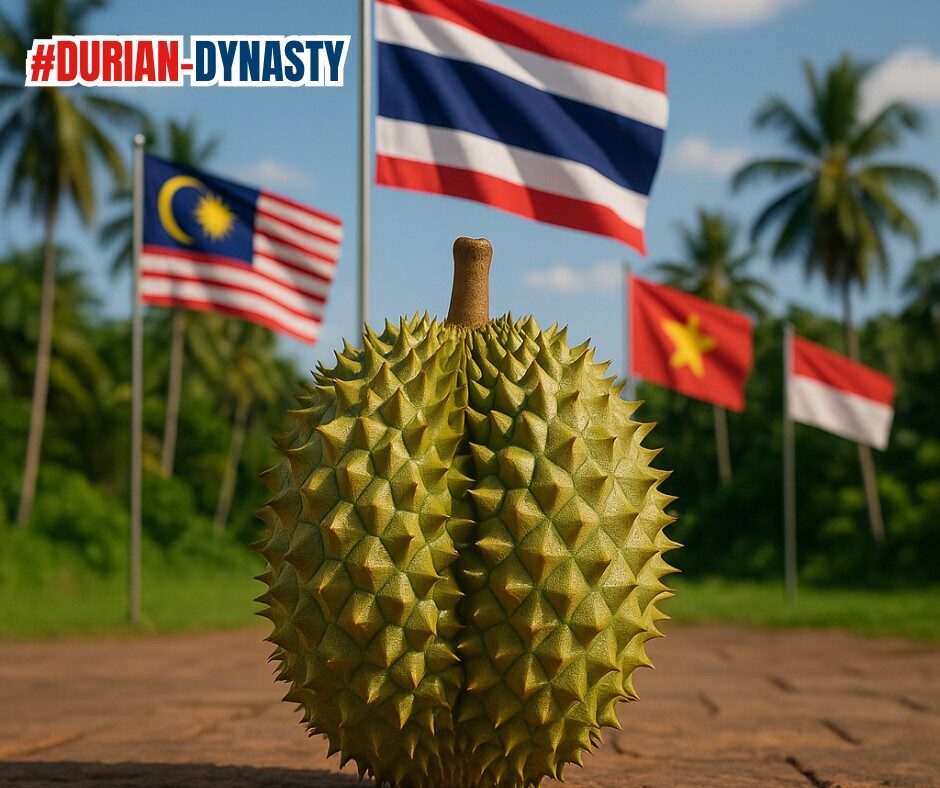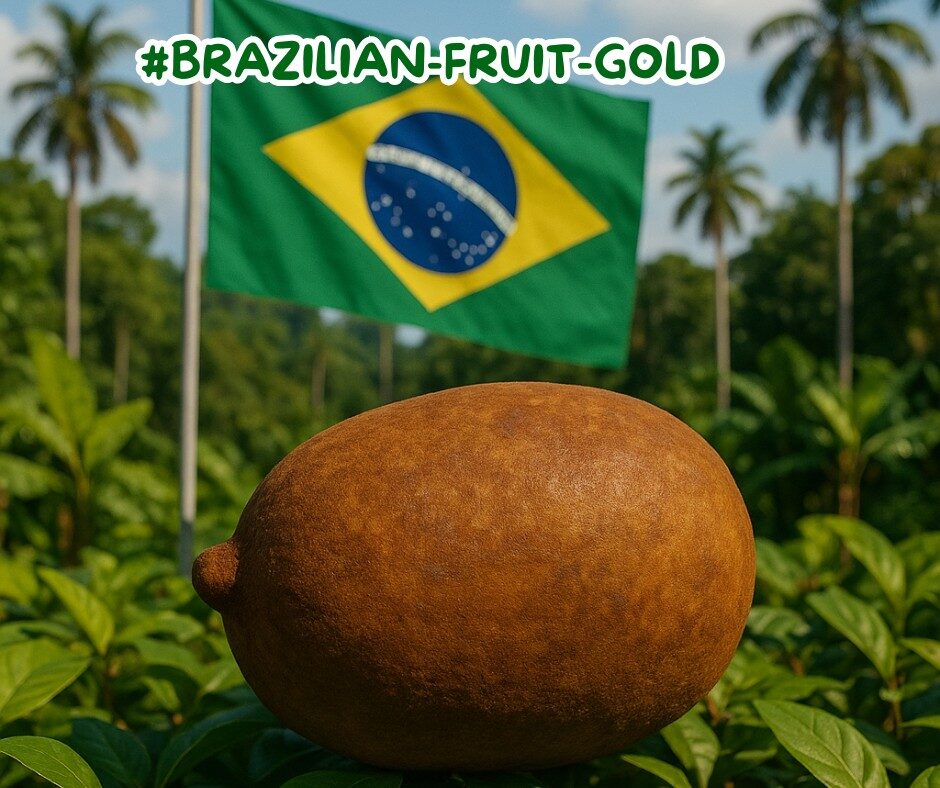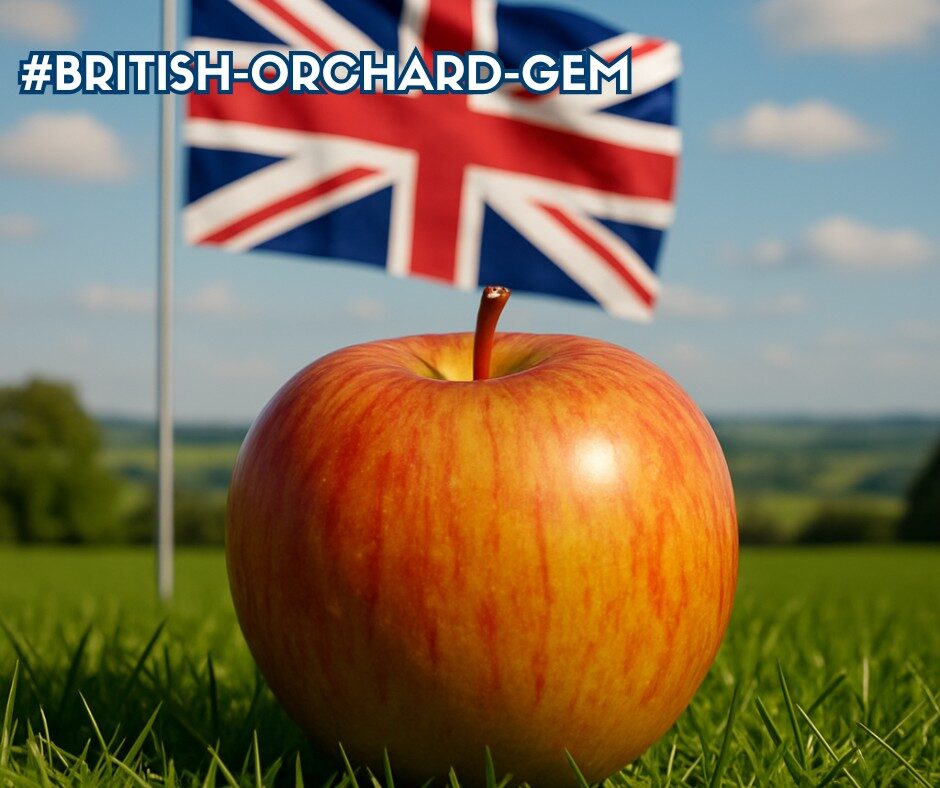by Dr Marli Botha
Also called “The king of the fruits,” mango fruit is one of the most popular, nutritionally rich fruits with unique flavour, fragrance, taste, and health promoting qualities, making it numero-uno among new functional foods, often labelled as “super fruits”! Mango is one of the most delicious seasonal fruits grown in the tropics. The tree is believed to be originating in the sub-Himalayan plains of the Indian subcontinent. Botanically, this exotic fruit belongs to the family of Anacardiaceae, a family that also includes numerous species of tropical fruiting trees in the flowering plants such as cashew and pistachio.
The glucose-lowering properties of mango have been demonstrated in animal models and post-prandially in human studies. Regular consumption of freeze-dried mango by obese individuals does not negatively impact body weight but provides a positive effect on fasting blood glucose. https://www.ncbi.nlm.nih.gov/pmc/articles/PMC4155986/
Skin aging is a consequence of chronic sun exposure to the sun and therefore ultraviolet (UV) radiation. Naturally occurring antioxidants are known to reduce skin aging. Mango has protective role against UVB-induced skin aging. https://www.ncbi.nlm.nih.gov/pubmed/23458392
Mangoes effectively treat acne by opening the clogged pores of the skin. Once these pores are opened, acne formation will eventually stop. Unclogging the pores of the skin is the most effective way to eliminate acne. To enjoy this benefit, there is no need to eat them every day; you need to remove the pulp and apply it on the skin for around 10 minutes, then rinse it off.
Research has shown antioxidant compounds in mango fruit have been found to protect against colon, breast, leukemia and prostate cancers. These compounds include quercetin, isoquercitrin, astragalin, fisetin, gallic acid and methylgallat, as well as the abundant enzymes. http://www.sciencedirect.com/science/article/pii/S0304423811001233
Papayas are not the only fruit that contain enzymes for breaking down protein. There are several fruits, including mangoes, which have this healthful quality. The fibre in mangos also helps digestion and elimination https://www.ncbi.nlm.nih.gov/pubmed/23715790
Monkeys eat the seed from the green mango, which Ayurvedic healers suggest gives the monkey its energy and powerful strength to jump in the trees.
Safety profile
Mango fruit should be avoided in the diet in individuals on warfarin therapy. Mangoes, being high in vitamin-A, could result in potentiation of warfarin activity that may cause increased bleeding risk. (http://www.cecity.com/ncpa/2012_projects/interactions_with_warfarin/article.htm).
Mango latex allergy, especially with raw, unripe mangoes is common in some sensitized individuals. Immediate reactions may include itchiness at the angle of the mouth, lips, and tip of the tongue. In some people, the reactions can be severe, with manifestations like swelling of the lips, ulceration at the mouth angles, respiratory difficulty, vomiting, and diarrhea.
This reaction develops because of the anacardic acid present in raw, unripe mangoes. Cross-allergic reactions with other Anacardiaceae family fruits like “cashew apples” are quite common. Such events may be a rarity with completely ripe fruits; however, people with known case of mango fruit allergy may want to avoid eating them. (http://latexallergyresources.org/latex-cross-reactive-foods-fact-sheet).




